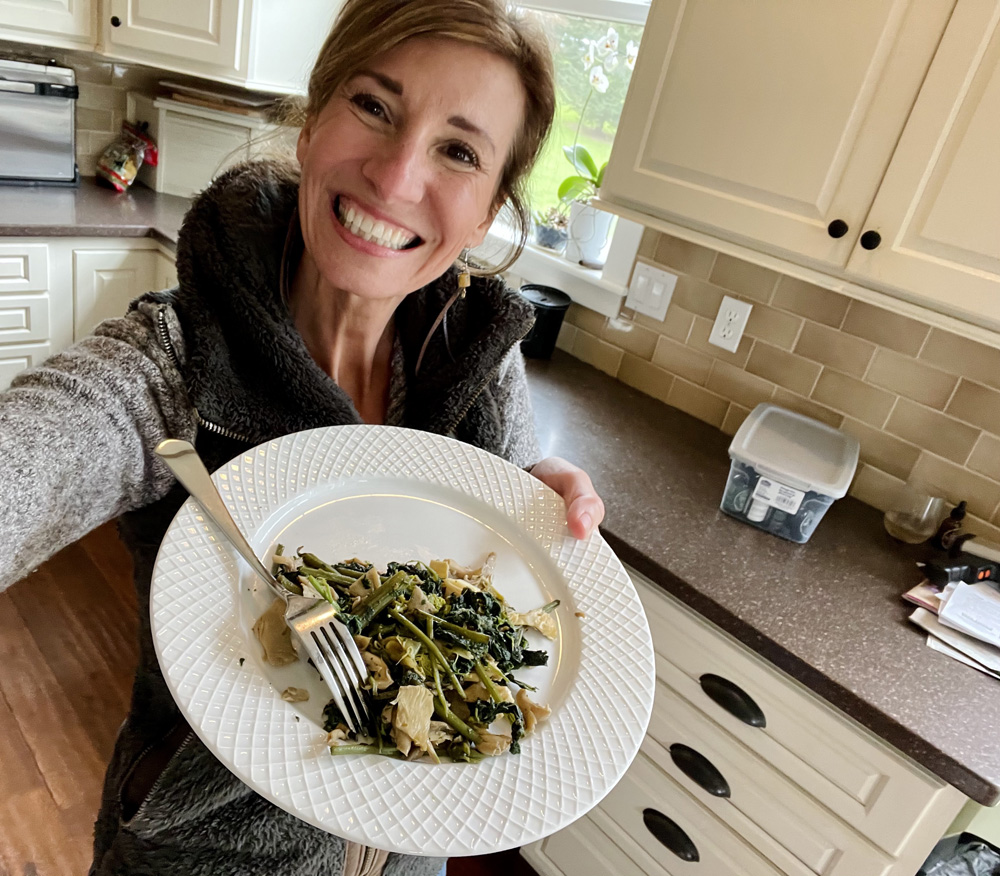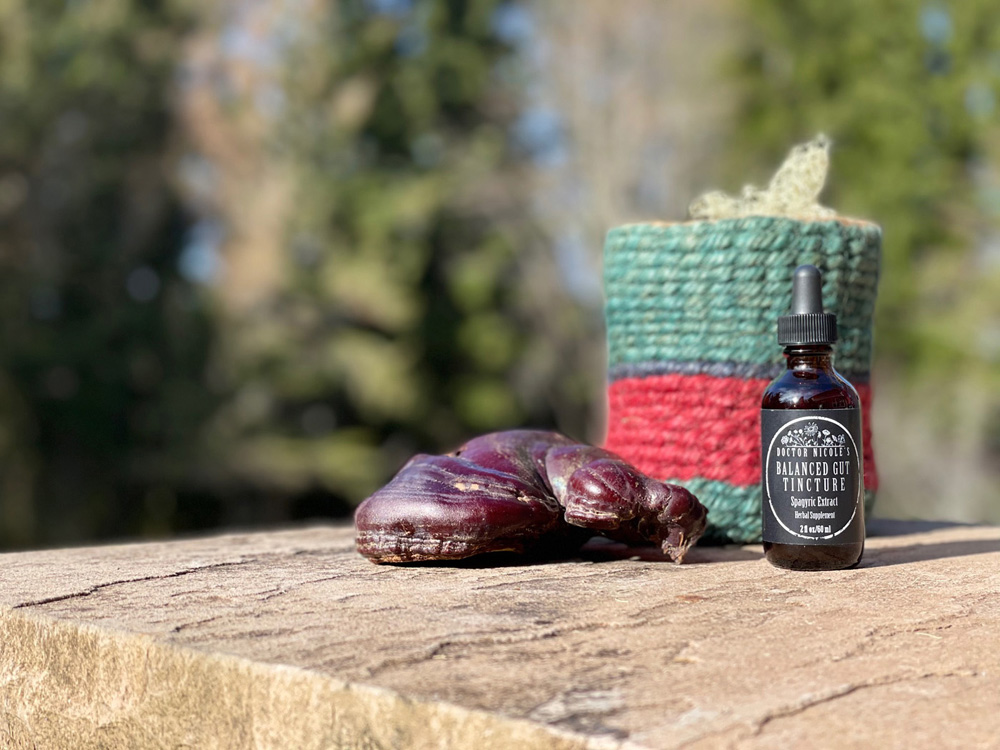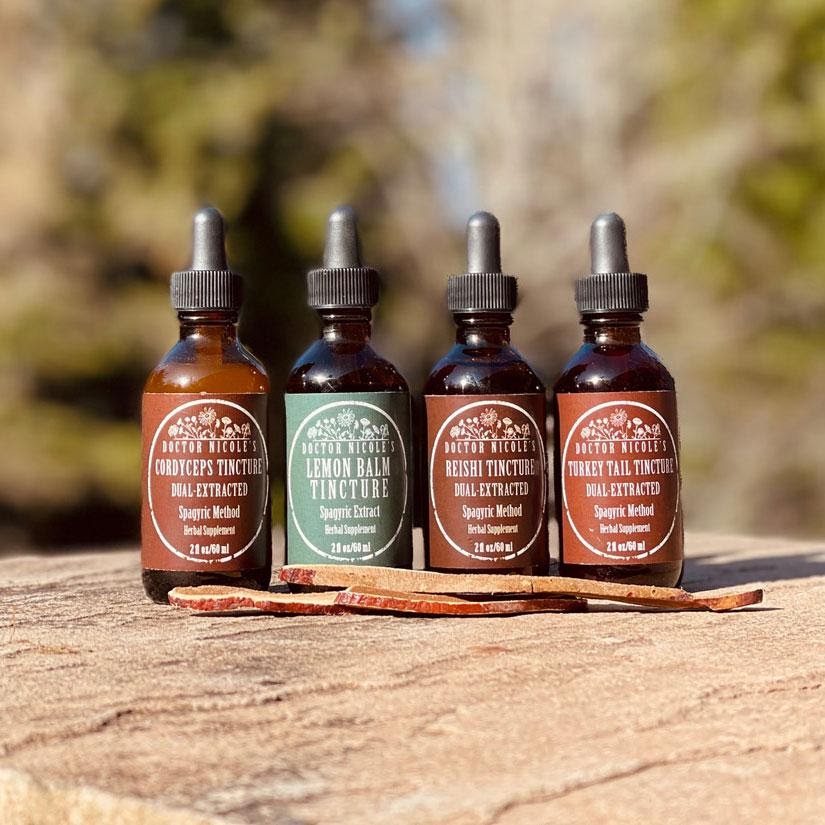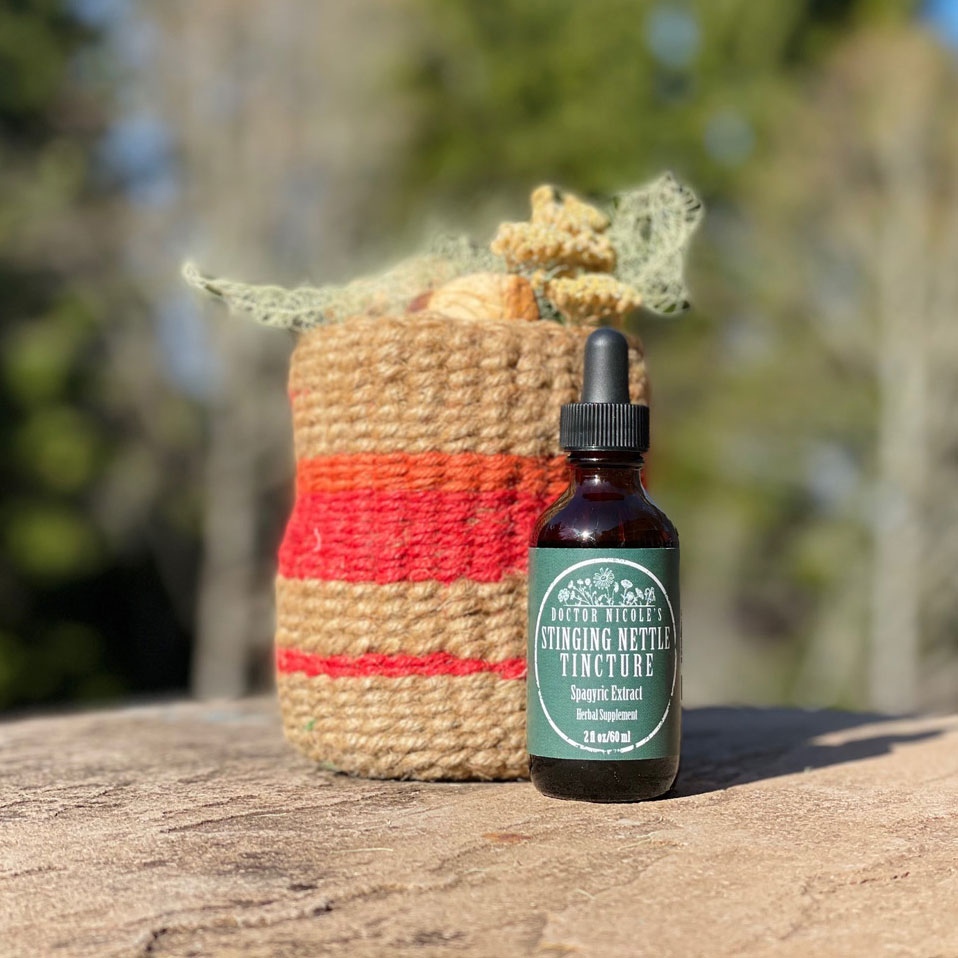Gout: A Chronic Inflammatory Disease
Considered a type of arthritis that is caused by the accumulation of uric acid, gout is an extremely painful, inflammatory condition. When there is an excess of uric acid, it forms small urate crystals. Deposits of these crystals can develop in the fluid that surrounds joints, which causes swelling and pain. It is most common in men and post menopausal women. The good news is that the condition can be managed, if not completely healed, through dietary and lifestyle choices, along with medicinal herbs.
The Link Between Gout and Gut Microbiome Health
Having a robust gut microbiome that contains an abundance of beneficial bacteria is crucial for maintaining overall health — and gout is no exception. If our microbiome is unbalanced, it negatively impacts our immunity, promotes food sensitivities and allergies, can trigger a range of autoimmune conditions, encourages inflammation, and contributes to leaky gut. Moreover, a 2021 meta genomic analysis showed a distinct correlation between gut dysbiosis and dysregulated urate degradation and systemic inflammation. The results were published in the journal NPJ Biofilms and Microbiomes2:
“[The findings] showed decreased microbial diversity in patients with gout compared with healthy individuals in both the discovery and validation cohorts. Bacteroides, Prevotella, and Fusobacterium were enriched in patients with gout, whereas bacterium SS3/4, Enterobacteriaceae species, and several butyrate-producing species, such as Roseburia species, Coprococcus species, Eubacterium species, and F. prausnitzii, were enriched in healthy individuals. … Metagenomic analysis among patients with gout showed an abundance for genes in mannose, fructose metabolism and lipid A synthesis and a deficit for genes in urate degradation and short-chain fatty acid production.”1
The team concluded, “Our results showed a dysbiosis of gut microbiome in gout that was associated with increased SUA and systemic inflammation and may be partially restored by uric-acid-lowering and anti-inflammatory drug interventions over time.”
Alternatively, we can work with the body instead of against it with herbal medicines. My Balanced Gut Blend encourages a healthy microbiome, helps heal leaky gut, addresses inflammation, and helps to modulate the immune response via powerfully active botanicals. These include reishi, turkey tail, and lion’s mane medicinal mushrooms, plantain, slippery elm, and marshmallow root. Interested in giving this popular tincture a try? Tap here.
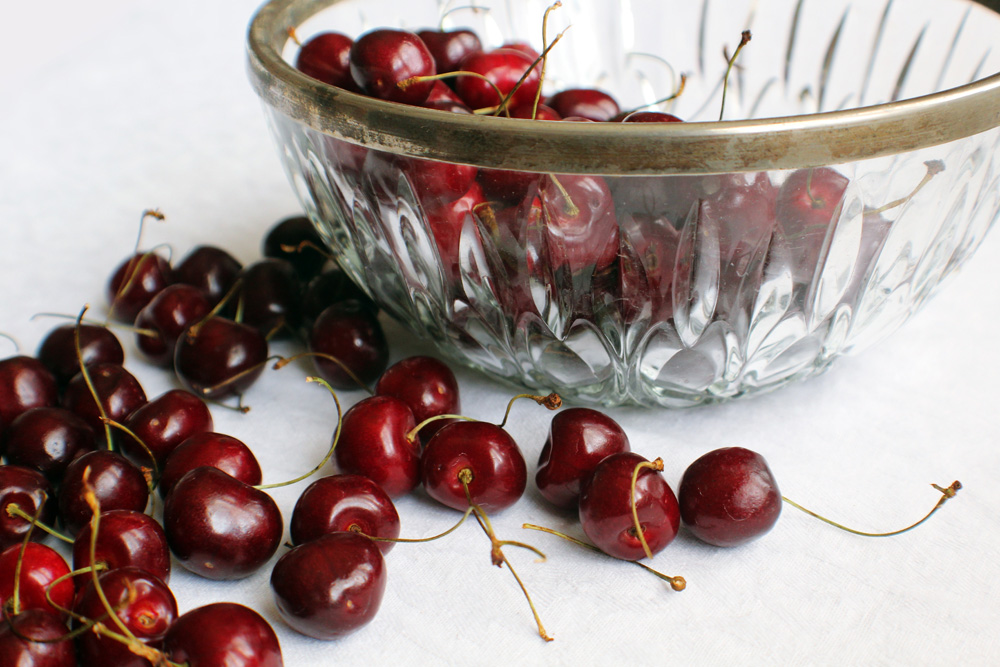
Dietary Interventions
The best method for reducing gout flares is prevention. A high-fiber, low-sugar diet is key. Potassium-rich foods such as avocado, coconut water, salmon, bananas, and apricots are also helpful, as are fresh berries and cherries. In fact, black cherry juice is one of the best foods you can eat to prevent and relieve gout. Research published in the journal Arthritis & Rheumatism found that when 633 patients took cherry extract over two days, they lowered the risk of a gout attack by 35 percent.8 Celery juice works in a similar manner by reducing uric acid buildup and cooling inflammation.
Foods rich in magnesium decrease excessive uric acid formation.7 Good magnesium sources include flaxseeds, cashews, mackerel, black beans, and almonds. Bromelain-rich pineapple cores are an effective treatment for gout as this digestive enzyme lowers uric acid levels and inflammation. Additionally, wild-caught fish that is rich in omega-3 fatty acids, such as salmon, can be helpful in lowering inflammation and reducing gout attacks. A fish oil supplement is beneficial as well.
If you would like to resolve gout symptoms, it is crucial to shift from a diet heavy in processed and fried foods, refined carbohydrates, hydrogenated fats, sodium, and purines (fatty red meat, shellfish, organ meats, small fish, peas, lentils, and spinach) to a whole foods, high-fiber, anti-inflammatory diet. Some have found success with eliminating grains — especially gluten-containing varieties such as wheat, barley, and rye. The same can be said for giving up alcohol, sugary drinks, and soda.
Lastly, I cannot stress enough how important it is to drink plenty of purified water throughout the day — at least 8 ounces every two hours. This helps flush uric acid from the body.
Helpful Lifestyle Habits
As we have seen, a healthy diet is a powerful tool in addressing gout and the accompanying painful symptoms. But several additional steps are needed to fully heal the condition. Exercise should be at the top of your list. Not only will it help to reduce obesity-related gout, low-impact exercise assists with alleviating inflammation and promoting joint health. Good examples are walking, swimming, and bicycling. Exercise also helps lower stress, which is another important aspect of healing. When we are under chronic stress, it creates acidity within the body. This is the absolute last thing we want if we are prone to gout. Spending time in nature, laughter, gratitude, and self-care are all fantastic ways to reduce stress levels.
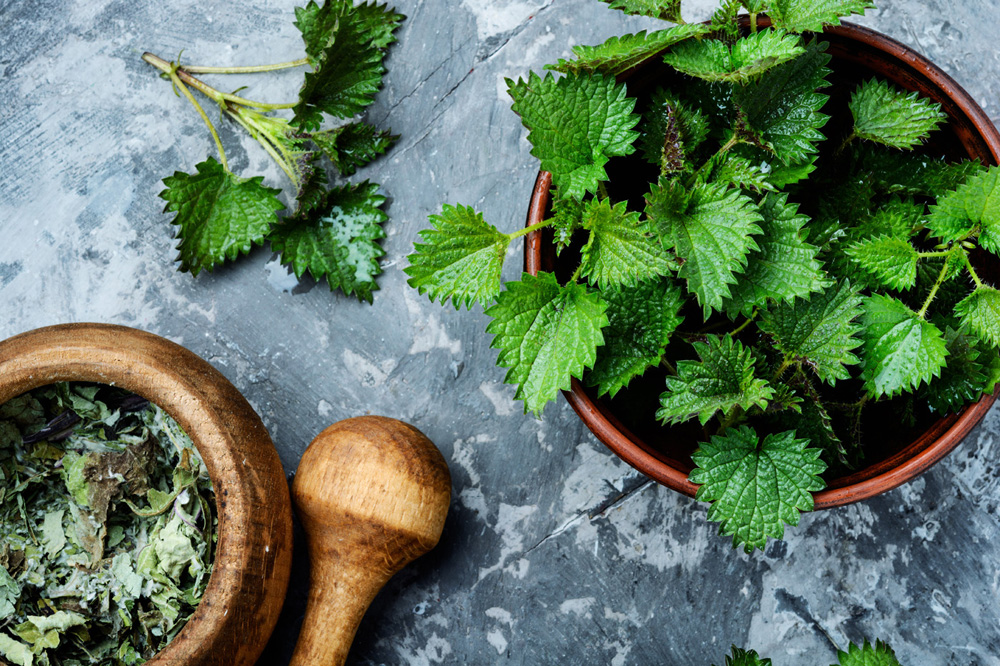
Herbal Support
In addition to healing and balancing the gut microbiome, several medicinal herbs are helpful in treating the painful symptoms and underlying issues of gout:
Stinging Nettle — Outstanding for addressing inflammatory arthritic conditions, stinging nettle cools inflammation, reduces pain, and flushes excess toxins from the system so you can heal.3,4,5,6 It is a well-known treatment in Germany for rheumatoid arthritis for this reason. You may use stinging nettle both internally and externally for relief. For external applications, soak a cotton ball in stinging nettle tincture, then apply it over the area causing pain. You can find a convenient, dual-extracted Stinging Nettle Tincture in the apothecary.
Slippery Elm — Drink this herb as a tea or add a dropper full of the tincture to a glass of water to help relieve the symptoms of gout. You can also make a paste from slippery elm powder and apply it to the painful area. It is one of several helpful botanicals found in my Balanced Gut Blend.
Borage — As an excellent anti-inflammatory, borage reduces the swelling associated with gout, which helps to ease the pain.
Managing blood sugar levels is also an important aspect of healing. Your first step will be to avoid refined carbohydrates/sugar and instead eat a high-quality diet, as noted above. Research has shown that almost half of those who suffer from gout are obese or have blood sugar issues such as insulin resistance or diabetes.
If you find you are still struggling with high blood sugar after revamping your diet, herbal medicines are an excellent option for extra support. Take a look at my Heart & Blood Sugar Support Bundle. The bundle includes botanicals that are outstanding for balancing blood sugar levels, reducing inflammation, calming stress and anxiety, and improving cognitive function.
The Takeaway
To wrap up, even though the risk of developing gout is closely tied to genetics and personal physiology, it is largely a lifestyle disease that can be effectively managed through simple stress-management practices, dietary and lifestyle shifts, and addressing underlying health problems that contribute to the condition.
Herbal medicines also play a significant role. By healing the gut, improving blood sugar balance, and cooling inflammation, you may be shocked at how quickly the condition resolves.
Visit the apothecary today to learn more about how my Balanced Gut Blend, Stinging Nettle Tincture, and Heart & Blood Sugar Support Bundle can provide rapid relief from your painful gout symptoms!
Nicole Apelian
Nicole’s Apothecary Products in this Post
References
- Dhivya Haridass, PhD. “Metagenomic Analysis Shows That the Gut Microbiome May Have a Role in Gout”, Rheumatology Advisor. September 8, 2021. https://www.rheumatologyadvisor.com/home/topics/gout/metagenomic-analysis-shows-that-the-gut-microbiome-may-have-a-role-in-gout/
- Chu Y, Sun S, Huang Y, et al. Metagenomic analysis revealed the potential role of gut microbiome in gout. NPJ Biofilms Microbiomes. 2021;7(1):66. doi:10.1038/s41522-021-00235-2
- Riehemann, K., Behnke, B., & Schulze-Osthoff, K. (1999). Plant extracts from stinging nettle (Urtica dioica), an antirheumatic remedy, inhibit the proinflammatory transcription factor NF-kappaB. FEBS letters, 442(1), 89–94. https://doi.org/10.1016/s0014-5793(98)01622-6
- Obertreis, B., Ruttkowski, T., Teucher, T., Behnke, B., & Schmitz, H. (1996). Ex-vivo in-vitro inhibition of lipopolysaccharide stimulated tumor necrosis factor-alpha and interleukin-1 beta secretion in human whole blood by extractum urticae dioicae foliorum. Arzneimittel-Forschung, 46(4), 389–394.
- Randall, C., Randall, H., Dobbs, F., Hutton, C., & Sanders, H. (2000). Randomized controlled trial of nettle sting for treatment of base-of-thumb pain. Journal of the Royal Society of Medicine, 93(6), 305–309. https://doi.org/10.1177/014107680009300607
- Tahri, A., Yamani, S., Legssyer, A., Aziz, M., Mekhfi, H., Bnouham, M., & Ziyyat, A. (2000). Acute diuretic, natriuretic and hypotensive effects of a continuous perfusion of aqueous extract of Urtica dioica in the rat. Journal of ethnopharmacology, 73(1-2), 95–100. https://doi.org/10.1016/s0378-8741(00)00270-1
- Macmullan, P., & McCarthy, G. (2012). Treatment and management of pseudogout: insights for the clinician. Therapeutic advances in musculoskeletal disease, 4(2), 121–131. https://doi.org/10.1177/1759720X11432559
- Zhang, Y., Neogi, T., Chen, C., Chaisson, C., Hunter, D. J., & Choi, H. K. (2012). Cherry consumption and decreased risk of recurrent gout attacks. Arthritis and rheumatism, 64(12), 4004–4011. https://doi.org/10.1002/art.34677

